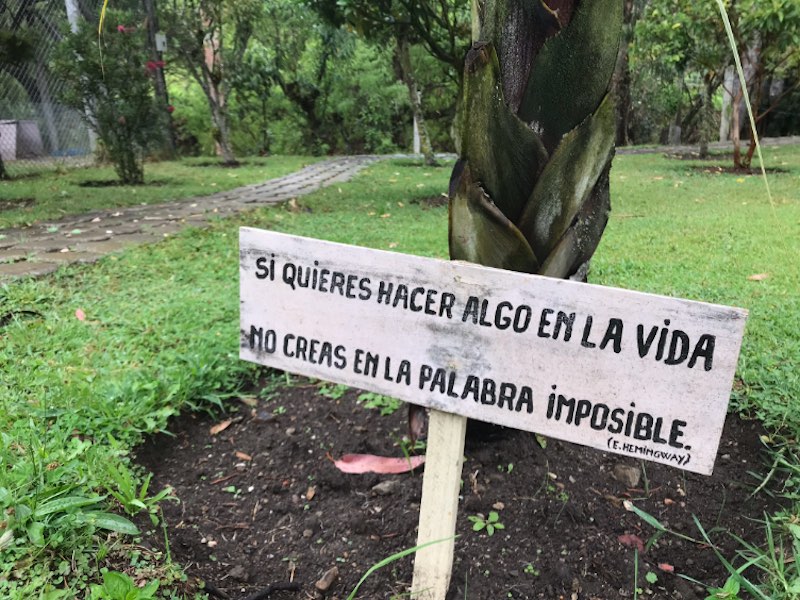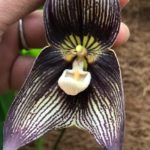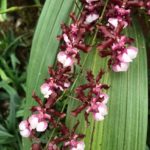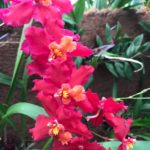Biology and Ecology Internships: Ecuagenera Orchid Farm Ecuador
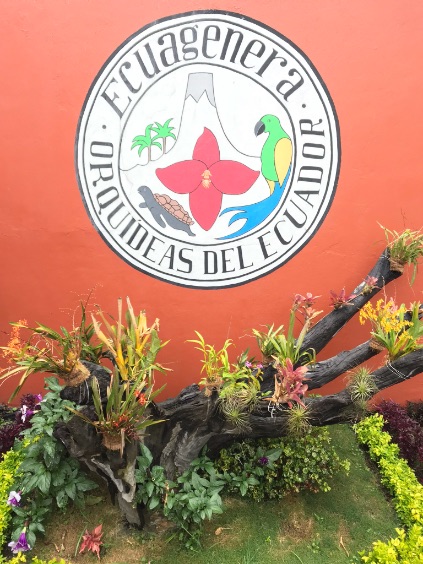 45 minutes outside of Cuenca, down the highway toward Gualaceo, there is an unassuming building on the left-hand side. The white building has large images of flowers–orchids–on the windows. It looks like it’s just a store, a place to go and buy flowers. But to take the spontaneous risk, to ask the bus driver to stop and descend the steps to go explore this place, is one of the best decisions you can make.
45 minutes outside of Cuenca, down the highway toward Gualaceo, there is an unassuming building on the left-hand side. The white building has large images of flowers–orchids–on the windows. It looks like it’s just a store, a place to go and buy flowers. But to take the spontaneous risk, to ask the bus driver to stop and descend the steps to go explore this place, is one of the best decisions you can make.
Cuenca and its surrounding towns are full of secrets. There are countless huecos, hole-in-the-wall places, waiting to be discovered. Ecuagenera is one such place. It is not so secret, as it is actually known throughout the country, and the world, as one of the best places to learn about and buy orchids. And in contrast to what the building seems like, it is by no means just a shop for flowers. It is a living laboratory, a science experiment in hybrid orchids come to life, and a testament to the beauty of nature.
Ecuagenera began in the 1950s with Salesian Father Angel Andreetta, an Italian priest who had a passion for orchids. He gathered the flowers, focusing on certain specimens, and thus began his work as one of the first orchid collectors. His orchid nursery grew and grew, until the point that others took notice. Father Andreetta’s was invited to present his orchids; it was the first time Ecuador was represented at the World of Orchids Exhibition in Colombia in 1968. And that was just the beginning.
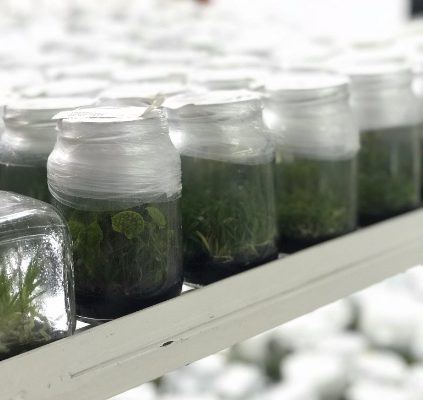 Over the last few decades, Ecuagenera has extended its scientific work. The main laboratories, which are located at this location outside of Cuenca, are extensive. The rooms are filled with thousands of types of orchids. There are work stations where the scientists select seeds, combine species, and create never-before-seen breeds. They’ve created dozens of new hybrids. Ecuagenera has over 8,000 varieties of orchids that they ship around the world and show in exhibitions. They’ve also extended from that one branch and now have eight offices around Ecuador.
Over the last few decades, Ecuagenera has extended its scientific work. The main laboratories, which are located at this location outside of Cuenca, are extensive. The rooms are filled with thousands of types of orchids. There are work stations where the scientists select seeds, combine species, and create never-before-seen breeds. They’ve created dozens of new hybrids. Ecuagenera has over 8,000 varieties of orchids that they ship around the world and show in exhibitions. They’ve also extended from that one branch and now have eight offices around Ecuador.
When you arrive at Ecuagenera, you can come from Cuenca and hop off the bus, or get a $2.00 taxi from Gualaceo. A $5.00 tour lasts between an hour and two hours, depending how curious you are. You are led into the storing rooms, where the budding seedlings grow for years before they are transplanted into a pot with orchid-specific soil, usually a combination of moss and pineapple, as an adolescent orchid.
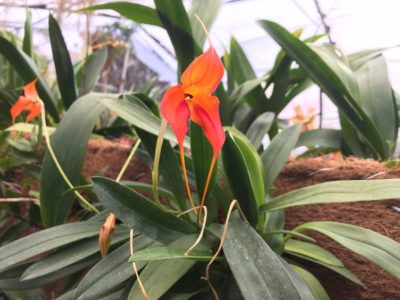 One room is filled entirely with growing adult orchids; it’s temperature controlled, and tourists aren’t allowed inside, but they do get to visit the nurseries. There are two huge nurseries filled with orchids and other plants. Inside, you can find species like the Monkey’s Face and Chocolate Orchid, which actually smells exactly like chocolate. You can touch the orchids and watch how certain species open and close to trap a bug for pollination. Outside the nurseries are gardens with guacamayos, turkeys, and homemade wooden signs that have quotes about nature from famous writers, scientists, and philosophers. It’s the type of place where one is tempted to sit down and meditate for half an hour, because it feels like you’ve stepped into a different world, dripped in green and color.
One room is filled entirely with growing adult orchids; it’s temperature controlled, and tourists aren’t allowed inside, but they do get to visit the nurseries. There are two huge nurseries filled with orchids and other plants. Inside, you can find species like the Monkey’s Face and Chocolate Orchid, which actually smells exactly like chocolate. You can touch the orchids and watch how certain species open and close to trap a bug for pollination. Outside the nurseries are gardens with guacamayos, turkeys, and homemade wooden signs that have quotes about nature from famous writers, scientists, and philosophers. It’s the type of place where one is tempted to sit down and meditate for half an hour, because it feels like you’ve stepped into a different world, dripped in green and color.
Orchids truly are magical. They are flowers that seem to have been born on another planet entirely. Every orchid has a slightly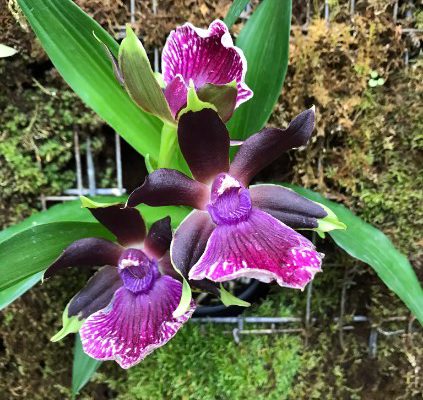 different design; no two are the same. They are very particular flowers as well. At the end of the tour, there is the chance to buy orchids, ranging from $15-$30, in the shop. Orchids should not be overwatered; that’s one of the biggest mistakes that new orchid owners make. They also must be planted in their specific soil, soil that is clumpy and spacious enough for the large roots to grow. For those traveling through Ecuador, there is packaging to ship the orchid home. For students studying biology or ecology in Ecuador, this laboratory and research center offers internships. University students can learn the process of creating hybrids, can tend to the little seedlings, and can guide tourists through the world of orchids. Even if students studying abroad in Cuenca or other parts of Ecuador don’t want an internship, it’s an opportunity to dive into the specific ecology of this region, and to learn more about how unique this valley truly is.
different design; no two are the same. They are very particular flowers as well. At the end of the tour, there is the chance to buy orchids, ranging from $15-$30, in the shop. Orchids should not be overwatered; that’s one of the biggest mistakes that new orchid owners make. They also must be planted in their specific soil, soil that is clumpy and spacious enough for the large roots to grow. For those traveling through Ecuador, there is packaging to ship the orchid home. For students studying biology or ecology in Ecuador, this laboratory and research center offers internships. University students can learn the process of creating hybrids, can tend to the little seedlings, and can guide tourists through the world of orchids. Even if students studying abroad in Cuenca or other parts of Ecuador don’t want an internship, it’s an opportunity to dive into the specific ecology of this region, and to learn more about how unique this valley truly is.
Ecuagenera
http://www.ecuagenera.com
Km. 2 1/2 Vía a Cuenca Sector Llampasay
Phone: +593-7-2255237

